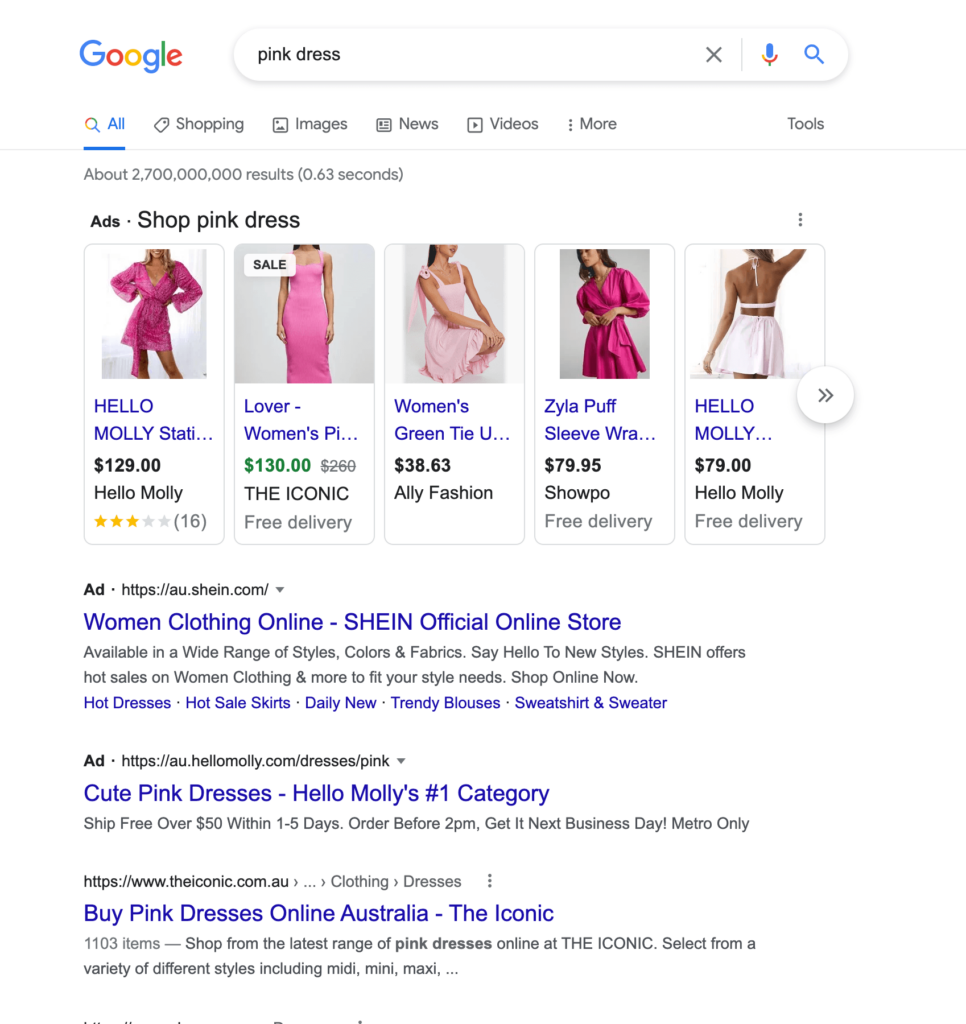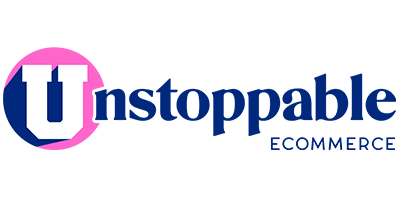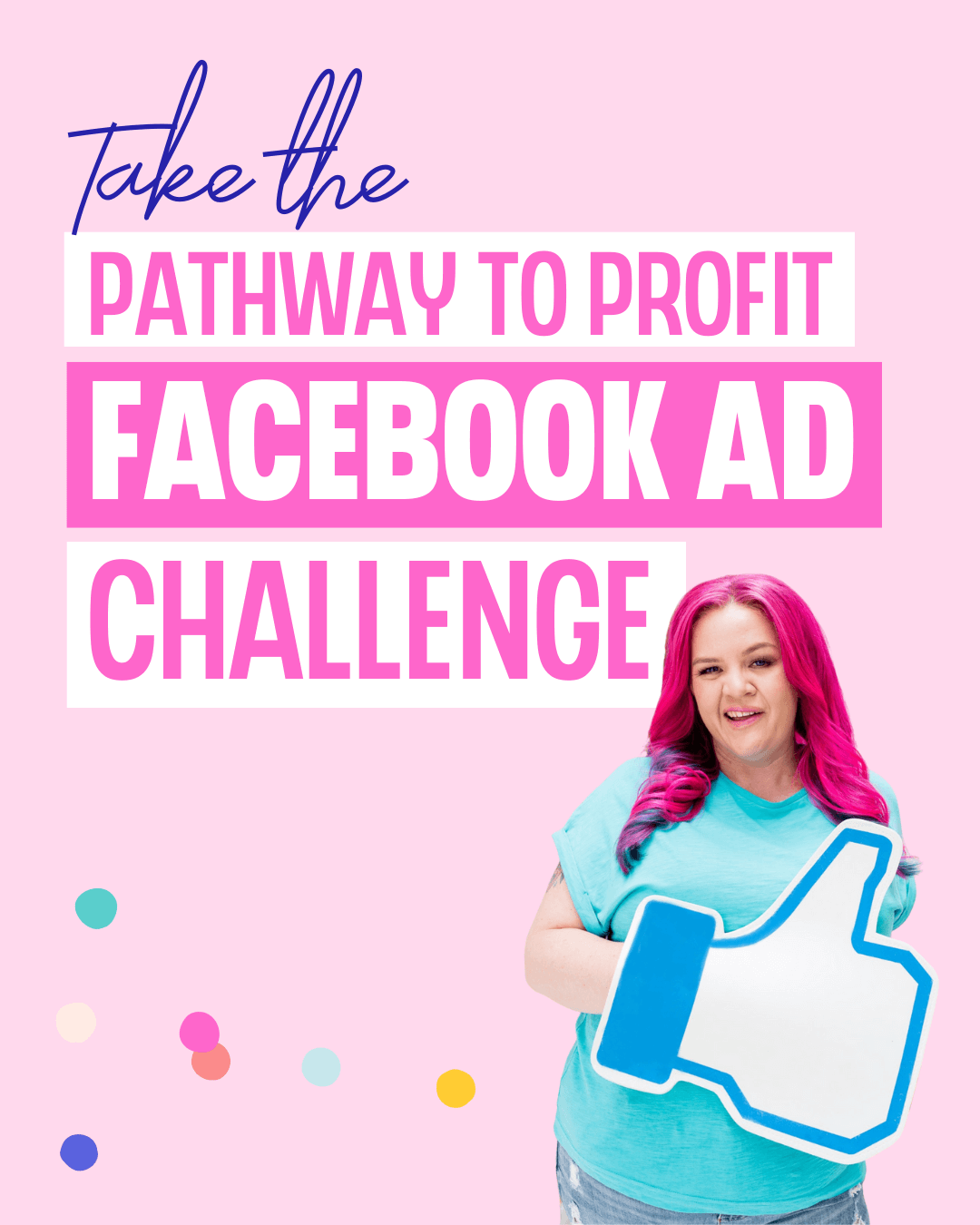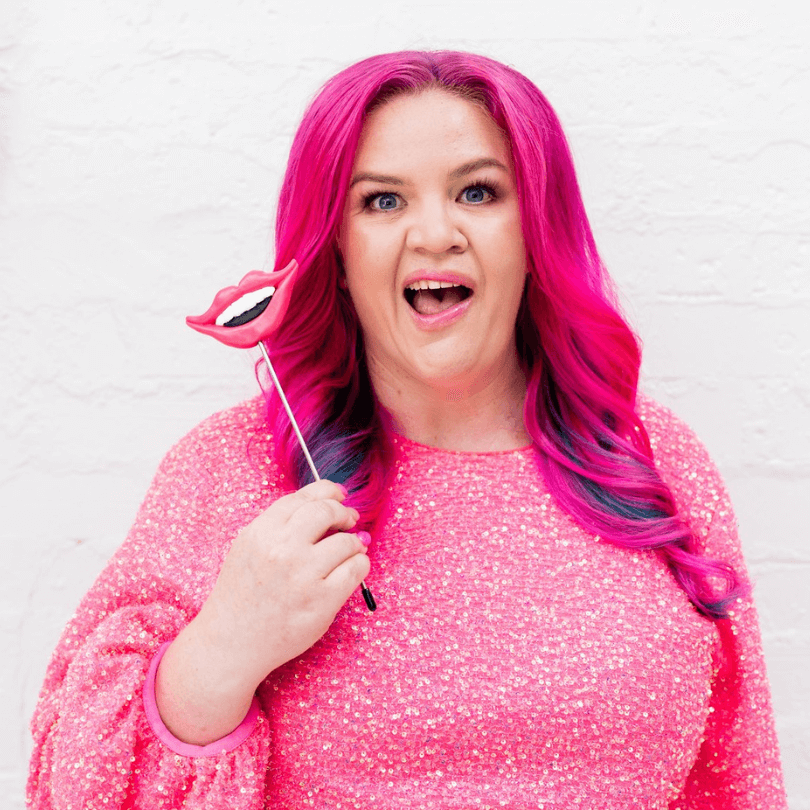Let’s look at 6 ways you can drive more traffic to your website. In previous articles, I’ve covered How to turn your website visitors into customers, with an optimal conversion rate of 3% or higher, and how to get your customers to spend more.
Both of these things help you to make more revenue from your website traffic. So it’s really important that you focus on these two things first, before you turn your focus to more traffic.
If you’re website is traffic ready, carry on!
Know your audience
It’s really important to know who exactly your ideal customer is, and this will determine where to find them. So if your audience is 18 to 24 year olds interested in fashion, then TikTok may be the best place to find them. If your audience is moms in their thirties, they might be spending more time on Instagram.
And if you’re looking for people who are renovating their house and looking for inspiration, they may be over putting together, an inspiration board over on Pinterest.
Now, I know that you might’ve just cringed when I mentioned TikTok, I’m definitely guilty of digging my head in the sand a little bit when it first came out. Hoping it was just a fad that it was passed just as quickly as it came. So I didn’t have to learn yet another platform.
Yes. I can see you nodding. Well, it’s time to turn this around and start thinking of TikTok as another opportunity to find potential customers as it has grown exponentially.
And for now, it doesn’t seem to be going anywhere. TikTok actually received more searches last year than Google. Just think about that for a moment. The most popular search engine in the world was out searched on TikTok so, yes, I think that is deserving of a little bit of attention. So for now, I’m going to make the assumption that you’re already super clear on who your audience is and where they hang out.
But if not, make sure you put some effort and some time into figuring this out as it will make all of your marketing easier and more effective and help you to drive more traffic to your website.
Once you know who your audience is, how do you drive them to your website?
Organic Social Media Strategy
Firstly, you can have an organic social media strategy. I say strategy because just posting ad hoc on a platform is not going to get you very far and won’t drive much traffic to your website.
And no, you do not need to be across every single social media platform unless you have a huge brand with a full-time social media person or people. And this just is not possible to have a quality presence. So do your research and choose the platform or platforms that your ideal audience is using. And then you can focus on building a really solid presence there, you can start with just one and then, add another one once the first one is going well, but don’t feel like you have to do it all.
The algorithms behind the scenes of the social media platforms decide who sees, which posts and they all love consistency. You’re better to post three times a week consistently than every day for a week, and then none, and then twice in a day, and then nothing for a few days and so on.
Once you’ve decided on your platforms commit to a posting schedule, how often you will post every week. I recommend aiming for daily if you can, or five times a week say, if you don’t want to do the weekends, remember you can schedule these out. So you don’t actually have to be sitting there posting it. When posting, think of your ideal customer avatar.
As I mentioned, this is your audience, and this is something that I teach inside eComm ignitor, where you can narrow down your ideal audience to just one person. So then when you’re writing your content, you write it just for them as if you’re having a conversation with a person rather than writing it for everyone helps you with marketing to be more engaging and helps you to connect with your target audience.
Focus on Community
You want to build a community around your profile. So you use language that encourages conversation and engagement rather than just talking at people because that’s just boring. Be sure to use a variety of post types. So you’re not always posting promotional posts. Let them in behind the scenes of your business, and ask them for their opinion on new designs or what products they would love to see you bring out.
And don’t be afraid to showcase yourself, people buy from people. So the fact that you’ve got a small brand is actually a really good advantage for you because you can showcase yourself easier. It’s much harder for big brands to do that. So think of it as an actual selling point. And the great thing about social media is it really allows people to connect with brands on a much deeper level. So let them in.
Now always prioritize your community management and reply to people promptly when somebody is on Instagram and they comment on your post, you should reply. Even if it’s just to thank them for sharing it with a friend and do it in a timely manner. If you’re replying days later, they may have forgotten you by then.
You need to strike while you’re still front of mind and build that connection. Make sure you use your bios to really communicate who you are and what you sell. Tell them what makes you different and use a call to action to drive traffic to your website. Not just shop now. So thinking about Mason hats, we’d go find your perfect hat at masonhats.com.au, rather than shop.
You could say, find jeans comfy, you wouldn’t want to take them off at …..com. See how you could write that for your store, giving them a reason to go through and shop. So the idea behind your social media strategy is to be discovered by more people, connect with them through engagement on your profile, and then provide calls to action for them to go to your website.
Now, if organic content is your main marketing strategy for driving website traffic, it can be a slow burn, but if done right, it can be very effective.
Collaborate
One way to grow your following faster is to collaborate with other users. Instagram has a fantastic collaboration tool where you can actually select a collaboration partner for your posts, and then the post shows on both your feed and theirs.
This is fantastic if you’re working with influencers, and if you are already definitely add this into your contracts because it ensures people can go straight to your profile and check you out rather than them just posting and people not being able to find your brand, This way it automatically shows up on your profile.
They have to request to add you as a collaborator, and you’ll get a notification to see the content before you agree to it going on your profile. So it’s not like people can just add anything they like.
Another way to grow your following is to run a competition. This works great to give away your product as then, people are also getting to see what you have to offer.
Instead of just win, I would say win one of our Merino wool hats, your perfect travel companion, scrunch it in your bag, and it’ll just pop back into shape. See how this is then telling everyone one of our key selling points without being salesey, as I’m giving it away in a competition, but then even if they don’t win, they’ve learned more about the product. Encourage people to share the competition with their friends, to help you increase your reach.
You can also collaborate with other brands to run the competition. I encourage our students to team up with other brands who have the same target audience but are complimentary not competition. Such as a brand that sells dresses, teaming up with a brand that sells bags, and another that sells earrings. Then they can then run a competition combined with all of their products.
You are then exposed to each other’s audiences and you can use the competition to grow all of your brands. One of our students Corbin, from Three Warriors Tan did this very effectively and collaborated with a lot of brands that were bigger than him at the time. And now he has over 74,000 followers on Instagram.
Another way to get people to find you on social media is to encourage your customers to post user-generated content. So user-generated content or UGC as you might see it referred to is content that was taken by your customers rather than you. Photos of them wearing or using your products and posted to their own profiles.
This is fantastic for social proof as it’s word of mouth by happy customers, which is always more believable than a brand talking about this.
Search Engine Optimisation (SEO)
SEO is optimising your website to be found at the top of organic search results. There are many search engines, but the main one is Google. SEO can be a very successful way to drive traffic to your website.
I’m not talking about wanting to rank when someone searches for your business name. But ranking when people are searching for something they want to buy. So for instance, Mason Hats would like to rank for Merino wool hats, ladies hats, mens hats, things like that. If people are actually searching to buy those, I want Mason hats to come up first, above competitors.
Black Hat v White Hat SEO
There’s black hat SEO and white hat SEO. Black hat is a lot of different strategies and things that people do that go against Google’s rules. They’re kind of cheating. Not only are they frowned upon by Google, but with every update to their algorithm, they’re always trying to combat the new strategies that people are using.
These are things like link farms, with fake people and dodgy websites that are sending links back to yours. Very black hat. Once you get found to be using some of these black hat strategies, you actually get penalised, and then you’ll end up at the bottom of the search results, never to be found again!
Make sure that you’re only using what they call white hat strategies. These are things that will naturally help Google understand what you sell and who it’s for. One of those strategies is schema data.
Without getting too technical, schema data is information sent to Google from your website. It tells them what your products are, how much they cost, what brands they are, what they are made of – anything you include on your product pages. If you’re using an SEO-friendly platform, such as Shopify, this is all done for you automatically. You want to think about what the names of your products are, and what your descriptions have got in them. Are they using words and keywords that Google will recognise? Will they be shown to people who are searching for your type of product?
You don’t want to just keyword stuff all of your descriptions so they don’t actually read well for humans. My theory is that if you write properly and if you write for your avatar and you’re writing all the things that they would love, eventually you will be found on Google for those things.
If you’re selling, for instance, makeup. Yes. You might find it very hard to rank at the top of Google because you’re fighting against a lot of big brands with big budgets. There are things like domain ranking, how long your website has been around for. A brand new website is going to find it harder to rank as well as one that’s been going for years and years and doing the right thing.
The more niche you are, the easier it can be to be found. You can do other things like naming your images and your alt tags and using your keywords in there to make sure that you can be found rather than image 3, image 4, image 5, etc because that doesn’t mean anything to Google.
Google Shopping
Another way you can show up on Google is to appear in the Google Shopping results. You can sync up your website for Google shopping so that all your products feed through and can be found in search results when people are looking to buy something. I highly recommend that you do this because these results can be very helpful for people searching with the intent to buy.

Email Marketing
Email marketing is so important for an eCommerce store. It’s still one of the top marketing things that you can do to drive traffic to your website. And checking emails is the number one thing that people do online. So you want to make sure that you have a chance of being in their inbox.
We can’t just ask people for an email these days and expect them to give it to you. They’re holding onto it that little bit tighter these days, as they’re getting so many emails. So you have to incentivise people to give you an email. You can do this with discount coupons or my favourite is by running a competition.
I recommend Klaviyo for eCommerce email marketing.
Related Reading:
How to turn your website visitors into email subscribers
7 must have Email Automations for eCommerce
How to write emails that actually make sales
Paid Ads
I’ve talked about a lot of the free strategies you can use to send more traffic to your website. Now I want to talk to you a little bit about paid ads. If you want to fast-track the process of getting more traffic, the best way is with paid ads.
Again, it’s very important that you’ve already got that good conversion rate before you start any paid advertising. Otherwise you are literally just wasting money. There are lots of different platforms that you can run ads on. I specialise in Facebook and Instagram ads, and that’s what I focus on on the eComm Ignitor course. However, you can also run ads through TikTok, Pinterest, Twitter and Google.
The important thing is, regardless of which platform you’re using is that you set up an eCommerce funnel and that you’re serving the right message to the right person at the right time, because that is the core of marketing.
The idea with your eCommerce funnel, is that the message that you showed to someone who is discovering your brand for the very first time is different from the message that you’re going to show to somebody who’s already been to your website or already interacted with you on social media.
You can start to be a little bit more salesey to a warmer audience than to someone who’s never heard of you. When they’ve discovered you, maybe added to cart they’re very warm. Once they’ve purchased from you, they become a very hot audience. Those people are actually far easier to get to come back to your website and purchase again, rather than always going after new.


